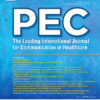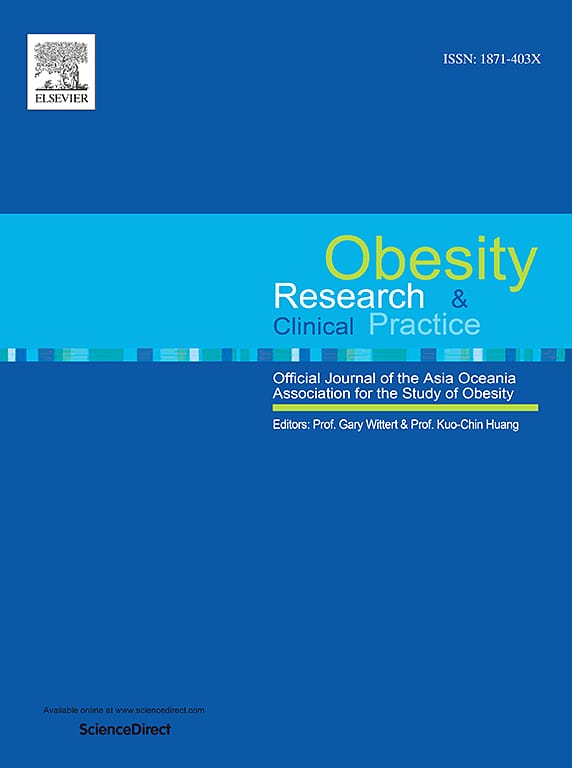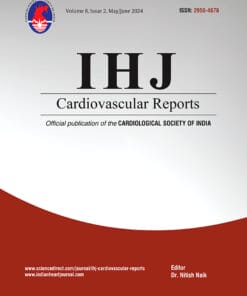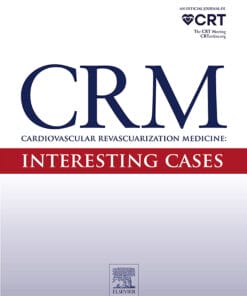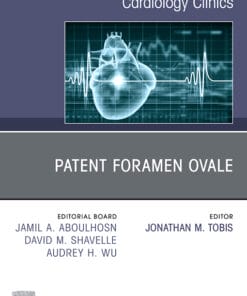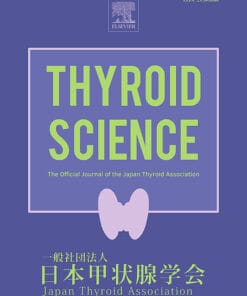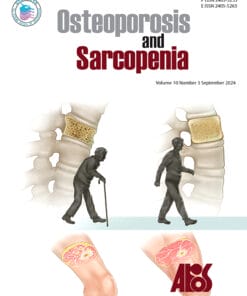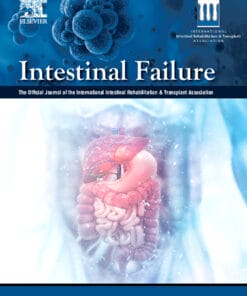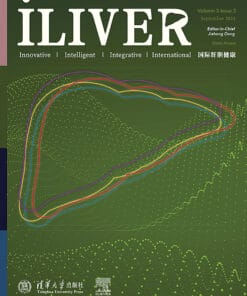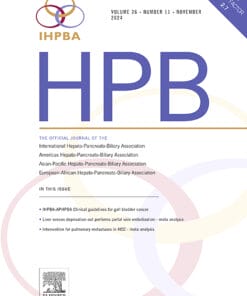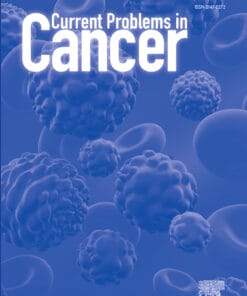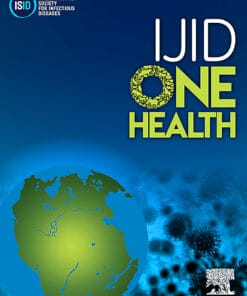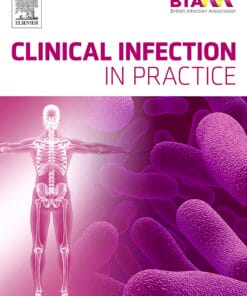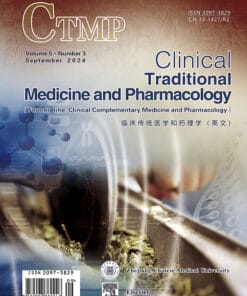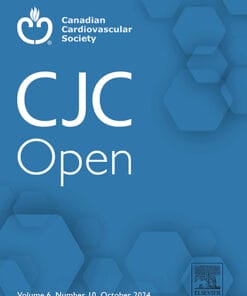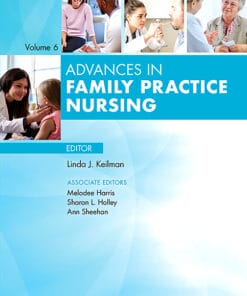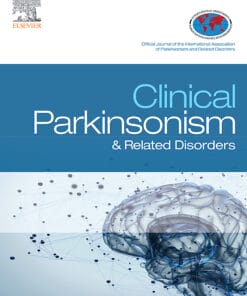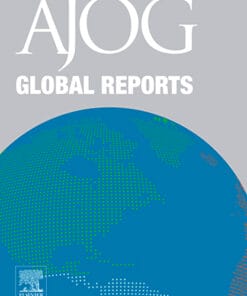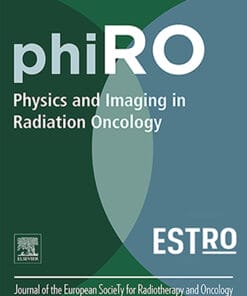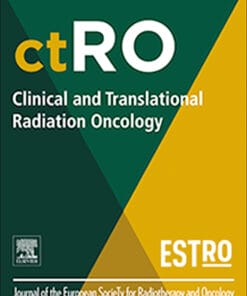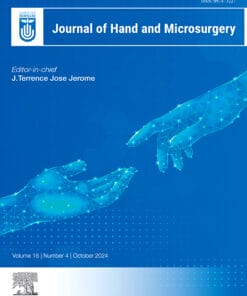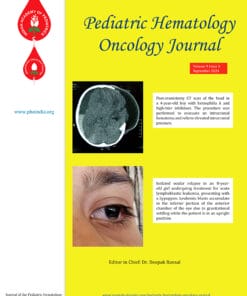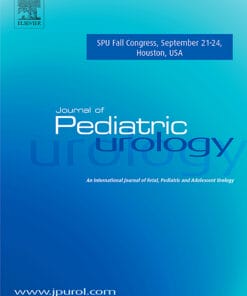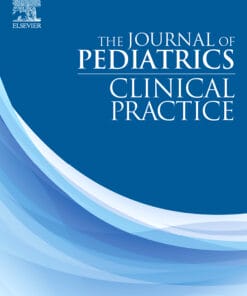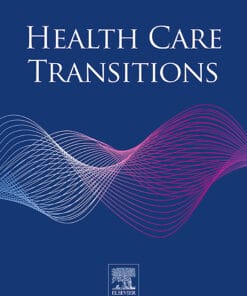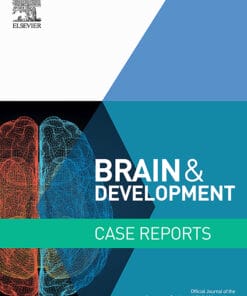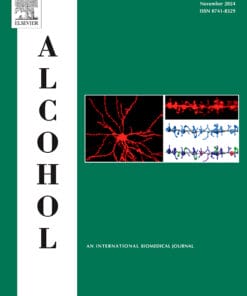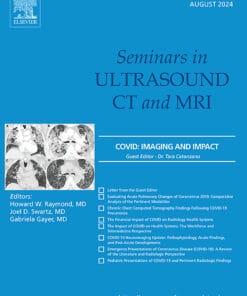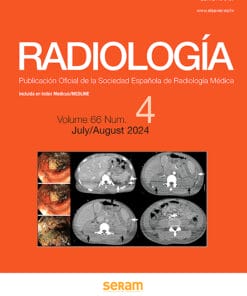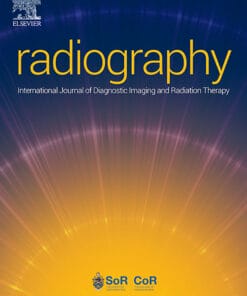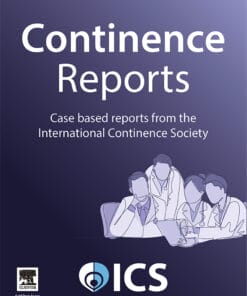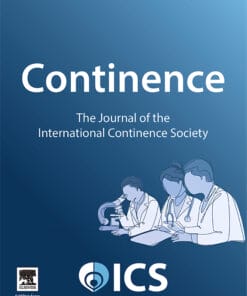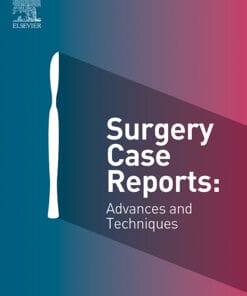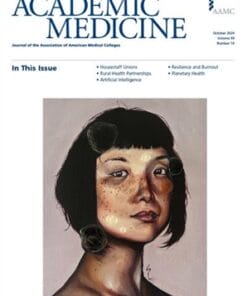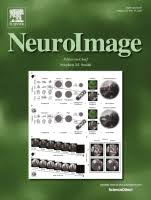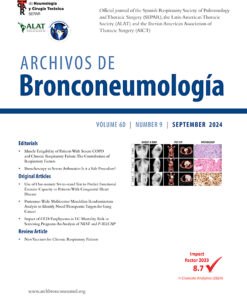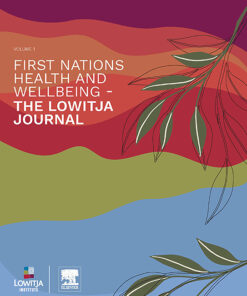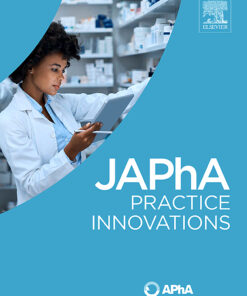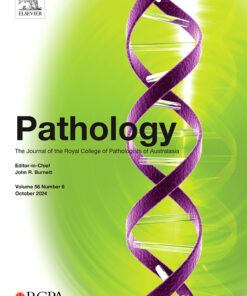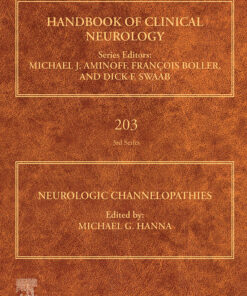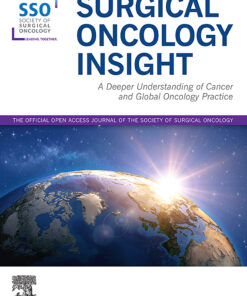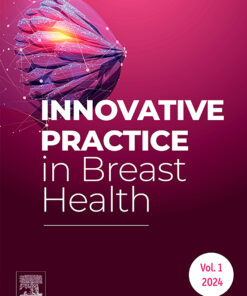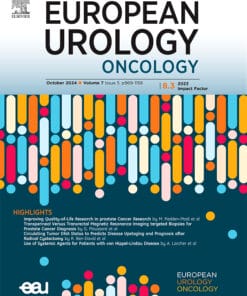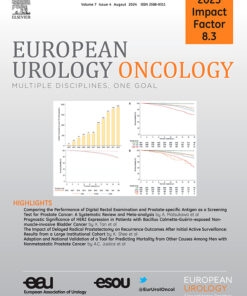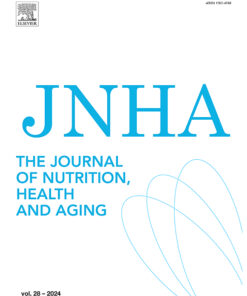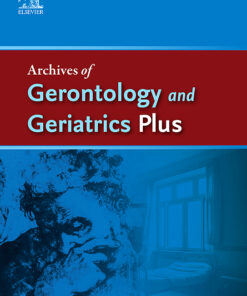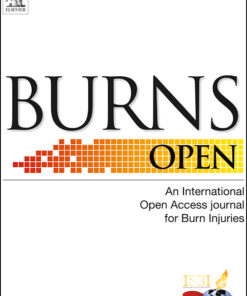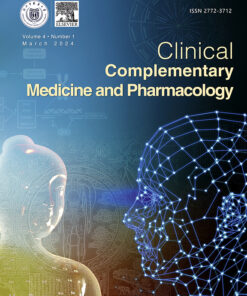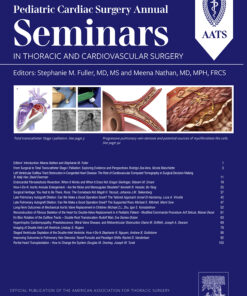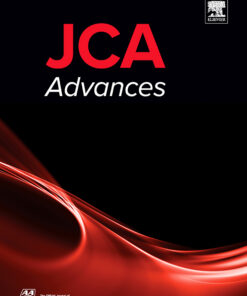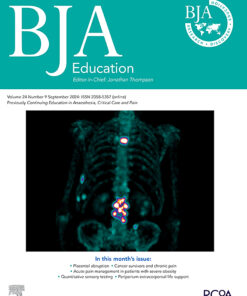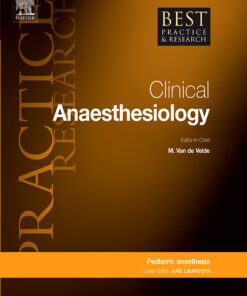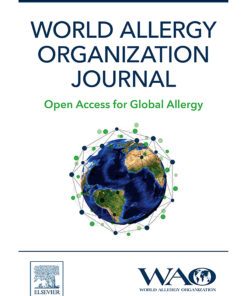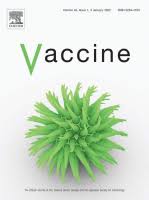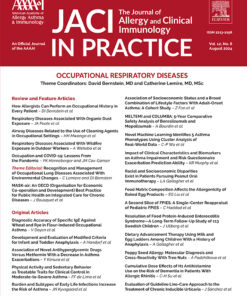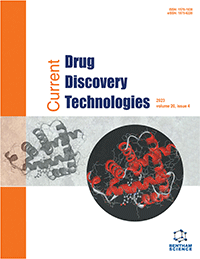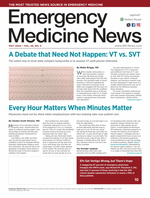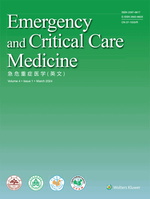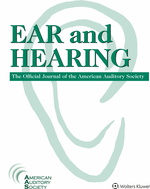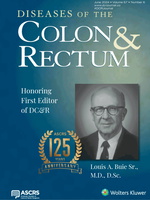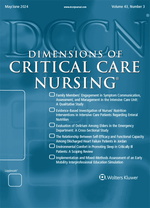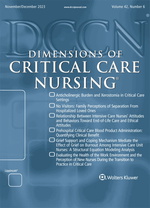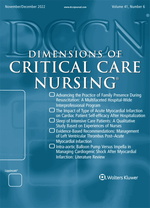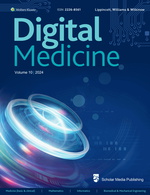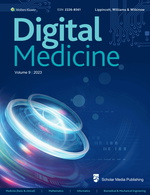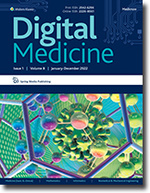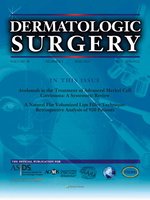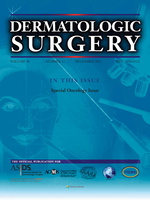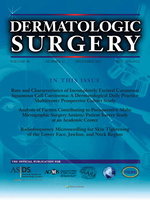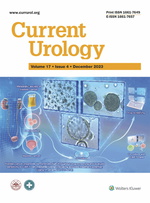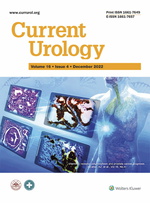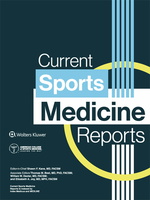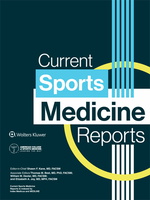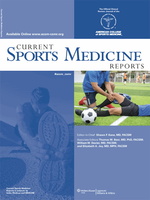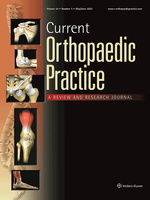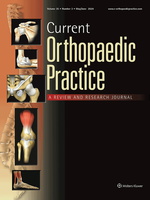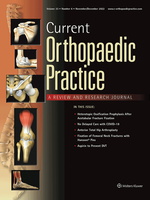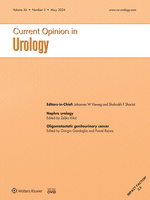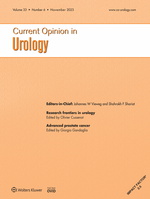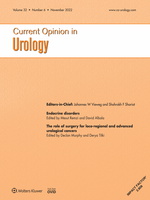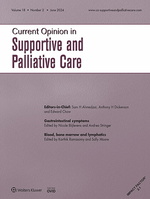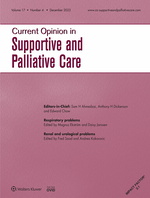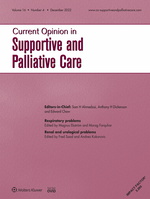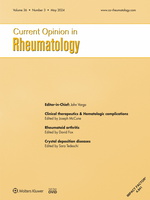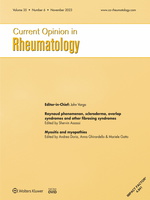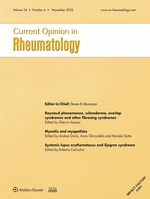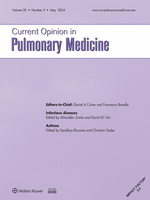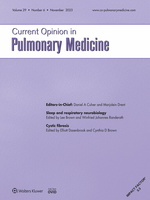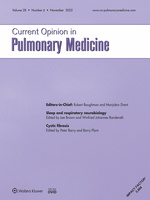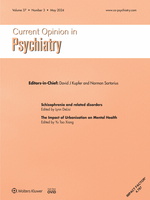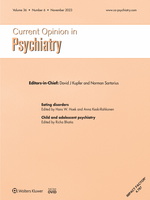Certainly! Below is a profile summarizing the mission, scope, and essential features of the journal “Obesity Research & Clinical Practice (ORCP)”
Obesity Research & Clinical Practice (ORCP)
Overview:
- Focus Areas: Epidemiology, Mechanisms, Complications, and Treatment of Obesity
- Type: Peer-reviewed
- Mission: To publish high-quality research concerning obesity with a particular focus on the Asia Oceania region, aiming to educate and inform a diverse audience of professionals.
Content Scope:
- Epidemiology: Investigating the prevalence and incidence of obesity, especially in the Asia Oceania region.
- Mechanisms of Obesity: Understanding the underlying causes and physiological processes.
- Complications: Exploring the health issues related to obesity, such as diabetes, cardiovascular diseases, etc.
- Treatment: Introducing and assessing medical and surgical options for obesity management.
Additional Themes:
- Regional population-based and genetic issues
- Economic consequences of obesity
- Prevention and public health strategies
Target Audience:
- Health Care Practitioners
- Clinical Researchers
- Basic Scientists
- Epidemiologists
- Public Health Officials
Article Formats:
- Original Research
- Reviews
- Patient Reports
- Short Communications
- Letters to the Editor
- Comments on Published Papers
Special Features:
- Proceedings and abstracts of the Annual Meeting of the Asia Oceania Association for the Study of Obesity are published as a supplement.
- Indexed by PubMed, MEDLINE, Thomson Reuters, and Scopus.
Access:
- Available online to TMASO and KSSO members
- Available by separate subscription for others
“Obesity Research & Clinical Practice” serves as a multidisciplinary platform dedicated to tackling the burgeoning issue of obesity, particularly focusing on the unique challenges in the Asia Oceania region. By inviting contributions from diverse fields, the journal aspires to foster a comprehensive understanding and more effective strategies for obesity management.
Volume 16, Issue 1: Pages 1-96 (January–February 2022)
Volume 16, Issue 2: Pages 97-180 (March–April 2022)
Volume 16, Issue 3: Pages 181-276 (May–June 2022)
Volume 16, Issue 4: Pages 277-352 (July–August 2022)
Volume 16, Issue 5: Pages 353-438 (September–October 2022)
Volume 16, Issue 6: Pages 439-538 (November–December 2022)
Volume 17, Issue 1: Pages 1-94 (January–February 2023)
Volume 17, Issue 2: Pages 95-174 (March–April 2023)
Volume 17, Issue 3: Pages 175-278 (May–June 2023)
Volume 17, Issue 4: Pages 279-368 (July–August 2023)
Volume 17, Issue 5: Pages 369-448 (September–October 2023)
Volume 17, Issue 6: Pages 449-544 (November–December 2023)
Volume 18, Issue 1: Pages 1-80 (January–February 2024)
Volume 18, Issue 2: Pages 81-162 (March–April 2024)
Volume 18, Issue 3: Pages 163-242 (May–June 2024)
Volume 18, Issue 4: Pages 243-310 (July–August 2024)
| Volume | Volume 16, Issue 1: Pages 1-96 (January–February 2022), Volume 16, Issue 2: Pages 97-180 (March–April 2022), Volume 16, Issue 3: Pages 181-276 (May–June 2022), Volume 16, Issue 4: Pages 277-352 (July–August 2022), Volume 16, Issue 5: Pages 353-438 (September–October 2022), Volume 16, Issue 6: Pages 439-538 (November–December 2022), Volume 17, Issue 1: Pages 1-94 (January–February 2023), Volume 17, Issue 2: Pages 95-174 (March–April 2023), Volume 17, Issue 3: Pages 175-278 (May–June 2023), Volume 17, Issue 4: Pages 279-368 (July–August 2023), Volume 17, Issue 5: Pages 369-448 (September–October 2023), Volume 17, Issue 6: Pages 449-544 (November–December 2023), Volume 18, Issue 1: Pages 1-80 (January–February 2024), Volume 18, Issue 2: Pages 81-162 (March–April 2024), Volume 18, Issue 3: Pages 163-242 (May–June 2024), Volume 18, Issue 4: Pages 243-310 (July–August 2024) |
|---|
Related Products
Journals/Articles
Journals/Articles
Cardiovascular Revascularization Medicine: Interesting Cases PDF
Journals/Articles
Journals/Articles
Journals/Articles
Journals/Articles
Journals/Articles
Journals/Articles
Journals/Articles
Journals/Articles
Journals/Articles
Journals/Articles
Journals/Articles
Journals/Articles
Journals/Articles
Journals/Articles
Journals/Articles
Journals/Articles
Journals/Articles
Journals/Articles
Journals/Articles
Journals/Articles
Journals/Articles
Technical Innovations & Patient Support in Radiation Oncology PDF
Journals/Articles
Journals/Articles
Journals/Articles
Journals/Articles
Journals/Articles
Journals/Articles
Journals/Articles
Journals/Articles
Journals/Articles
Journals/Articles
The American Journal of Geriatric Psychiatry: Open Science, Education, and Practice PDF
Journals/Articles
Journals/Articles
Journals/Articles
Journals/Articles
Journals/Articles
Journals/Articles
Journals/Articles
Journals/Articles
Journals/Articles
Journals/Articles
Journals/Articles
First Nations Health and Wellbeing – The Lowitja Journal PDF
Journals/Articles
Journals/Articles
Journals/Articles
Journals/Articles
Journals/Articles
Journals/Articles
Journals/Articles
Journals/Articles
Journals/Articles
Journals/Articles
Journals/Articles
Seminars in Thoracic and Cardiovascular Surgery: Pediatric Cardiac Surgery Annual PDF
Journals/Articles
Journals/Articles
Journals/Articles
Journals/Articles
Journals/Articles
The Journal of Allergy and Clinical Immunology: In Practice PDF
Journals/Articles
Journals/Articles
Journals/Articles
Journals/Articles
Journals/Articles
Journals/Articles
Journals/Articles
Dimensions of Critical Care Nursing: Volume 43 (1 – 3) 2024 PDF
Journals/Articles
Dimensions of Critical Care Nursing: Volume 42 (1 – 6) 2023 PDF
Journals/Articles
Dimensions of Critical Care Nursing: Volume 41 (1 – 6) 2022 PDF
Journals/Articles
Journals/Articles
Journals/Articles
Journals/Articles
Journals/Articles
Journals/Articles
Journals/Articles
Journals/Articles
Journals/Articles
Journals/Articles
Current Sports Medicine Reports: Volume 22 (1 – 12) 2023 PDF
Journals/Articles
Journals/Articles
Current Sports Medicine Reports: Volume 21 (1 – 12) 2022 PDF
Journals/Articles
Journals/Articles
Journals/Articles
Journals/Articles
Journals/Articles
Journals/Articles
Journals/Articles
Journals/Articles
Journals/Articles
Journals/Articles
Current Opinion in Pulmonary Medicine: Volume 30 (1 – 3) 2024 PDF
Journals/Articles
Current Opinion in Pulmonary Medicine: Volume 29 (1 – 6) 2023 PDF
Journals/Articles
Current Opinion in Pulmonary Medicine: Volume 28 (1 – 6) 2022 PDF
Journals/Articles
Journals/Articles


